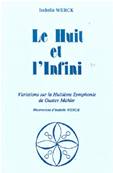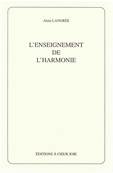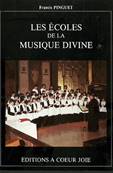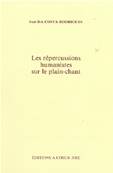| | 
This is a collection of 7 versions of “Symphonie des Mille” composed by Isabelle Werck. She loves music, and she writes in a soft style. The important parts are highlighted, and we are able to feel them thanks to her sensitivity, her musical culture and her great knowledge. This work is perfect to be listened to as well as being practiced.
|
|
| | 
This work depicts a new way of learning harmony. It was written after lessons of harmony in which participants were improvising on a given harmonic outline. This is a practical work.
|
|
| | 
This is an important work on the history of church choirs. There were like great incubators for polyphonic composers. Francis Pinguet studied that story, including the commentaries given from the beginning to our days. He interviewed Canon Delestre, Rouen and Ram Chandra Mistry. He met people from King’s College Choir and St John’s Choir.
This is a republication of “La Revue Musicale.”
|
|
| | 
Plainsong’s success and decline evolved with the history of the Church. New ways of thinking appeared during the 15th and the 16th centuries and it led to a new way of seeing music. This book is an analyse of the plainsong’s evolution.
|
|